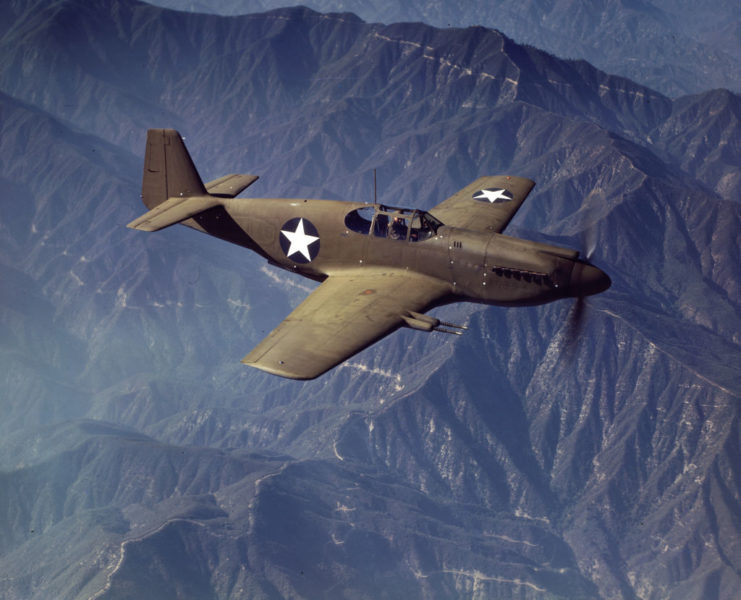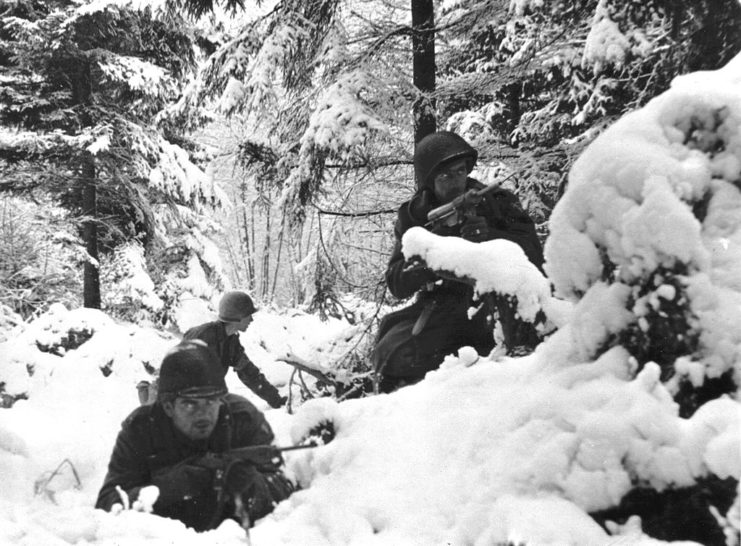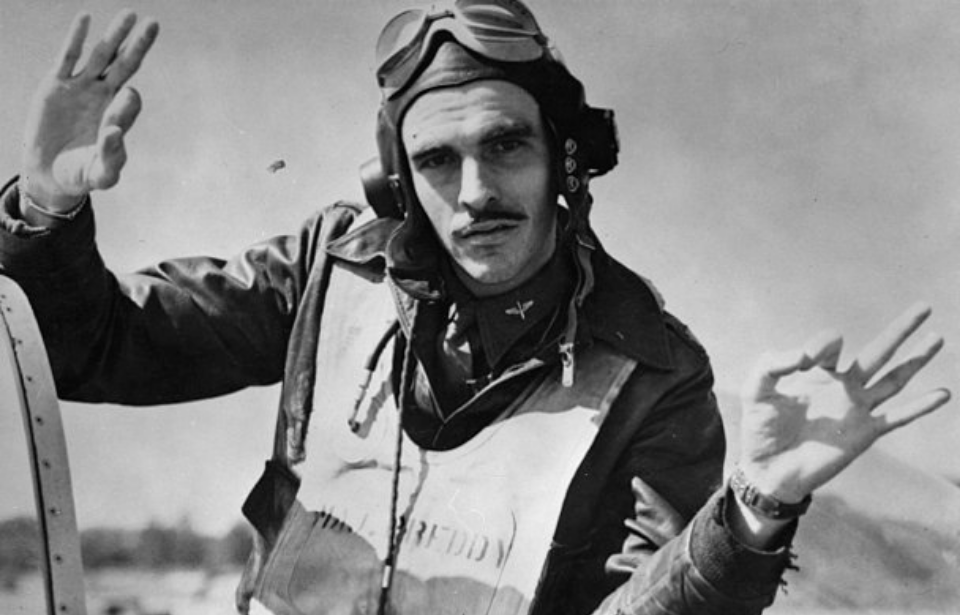George “Ratsy” Preddy Jr. was a US Army Air Forces officer and Air Ace credited with downing 32 1/2 enemy aircraft. This made him not just the eighth highest all-time scoring American Ace in history, but the top North American P-51 Mustang Ace of World War II. According to his comrades, he was a fighter pilot’s pilot, born for the job, with a core of steel and a sentimental soul.
George Preddy Jr.’s early life

George Preddy Jr. was born on February 5, 1919 and raised in Greensboro, North Carolina. Prior to his military career, he worked as a barnstormer pilot. When he was 21 years old, he attempted to join the US Navy three times, but was rejected for not passing its physical requirements. In the summer of 1940, the ambitious twenty-something switched his sights to the US Army Air Forces, passing all the necessary tests.
While waiting for an opening in the USAAF, Preddy joined the Army National Guard, serving with the 252nd Coast Artillery. By December 1941, he’d graduated flight training and was sent to Australia to join the 9th Pursuit Squadron, 49th Pursuit Group, which was tasked with providing air defense against Japanese air attacks. There, he trained in the Curtiss P-40 Warhawk.
In 1942, while flying a P-40, he was involved in a serious mid-air collision. The incident resulted in the death of the other pilot and put Preddy in the hospital. It took him several months to recover.
‘Blue-Nosed B******s of Bodney’

Following his hospital stay, George Preddy Jr. moved between squadrons, and by the end of 1942 had joined the 352nd Fighter Group. In July 1943, they set up in Bodney, England, where they became known as the “Blue-Nosed B******s of Bodney.”
There, Preddy scored his first victory, taking down a Messerschmitt Bf 109. Three weeks later, he led his squad of Republic P-47 Thunderbolts against six German Messerschmitt Me 210s. In the melee, several Bf 109s surrounded a lone Consolidated B-24 Liberator. Preddy broke up the attack, shot down one Me 210 and lured the remaining aircraft away from the heavy bomber. For this, he was awarded the Silver Star.
By April 1944, the 352nd Fighter Group had converted to the P-51 Mustang. During his time with the 352nd, Preddy became the leading active Air Ace of the European Theater. He quickly ran out of time during his 200-hour combat tour, but requested and was granted four successive 50-hour extensions to keep himself in the air.
George Preddy Jr. is almost taken out of action

On August 6, 1944, George Preddy Jr. was scheduled to lead a group through an escort mission. This was postponed due to poor weather conditions, and, instead, the men held a party. Just after midnight, the mission was rescheduled for the following morning. Seeing the state Preddy was in, his commander decided he was in no shape to lead the group. However, Gen. John. C. Meyer vouched for the pilot, assuring the commander he would be ready for takeoff in the morning.
A few hours later, Preddy led the group through the rescheduled escort mission. At an altitude of 30,000 feet, he spotted more than 30 Bf 109s. Leading his comrades into the middle of the enemy formation, three Bf 109s were shot down. Eventually, four more P-51s joined the battle and an additional two more Bf 109s were taken out.
Preddy had collectively shot down six enemy aircraft during the engagement, and after he landed swore to himself that he would never again fly while hungover. His success in this mission earned him the Distinguished Service Cross. Following it, he returned became the commanding officer of the 328th Fighter Squadron. While in this position, Preddy set a record, downing no less than 25 Bf 109s during a mission on November 2, 1944.
Battle of the Bulge

The Battle of the Bulge would prove fatal for George Preddy Jr.
In December 1944, elements of the pilot’s squadron were moved to fighter strip Y-29 at Asch, Belgium. On Christmas Day, he led 10 P-51s on patrol, during which they vectored for a formation of enemy aircraft. During the fight, they became scattered, but still managed to shoot down two Bf 109s.
When Preddy spotted a Focke-Wulf Fw 190, he went after it. Flying over an American anti-aircraft battery (likely the 430th Anti-Aircraft Battalion, XIX Corps), he noticed intense ground fire and attempted to break off the attack by performing a chandelle to the left. However, his P-51 was hit, and while he managed to release his canopy, the aircraft began to cartwheel through the air, disintegrating upon impact with the ground.
More from us: The Polish 1st Armoured Division Served As the ‘Cork’ of the Falaise Pocket
No parachute was spotted, and Preddy was confirmed killed by friendly fire. While the crash was likely survivable, the wounds he’d suffered from the .50-caliber machine gun fire were fatal.
